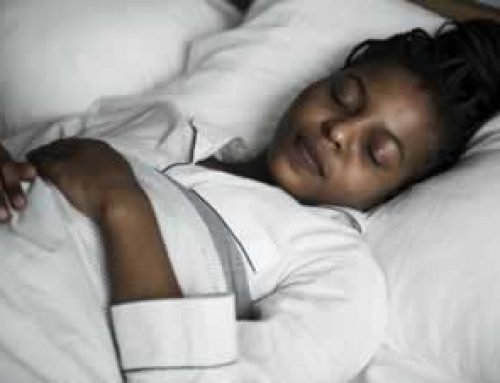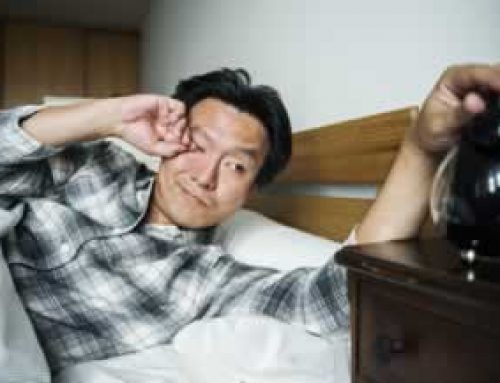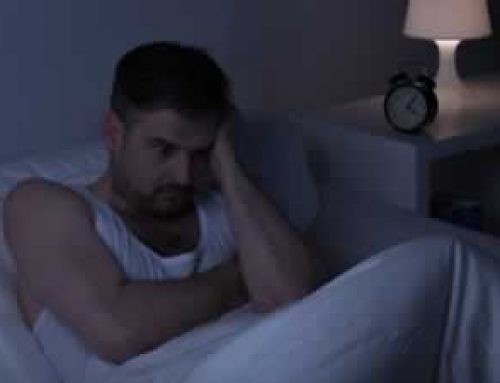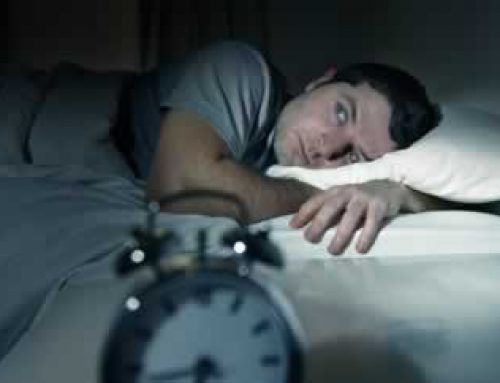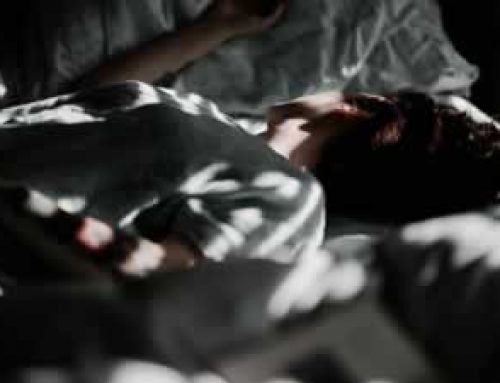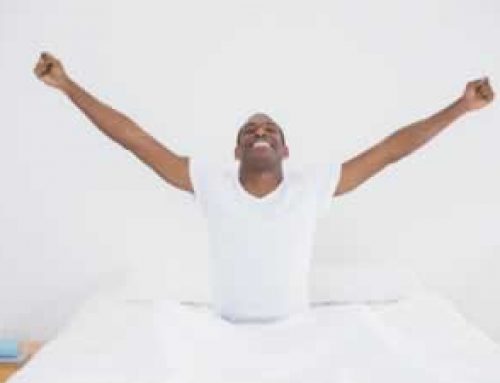A Short History of Sleep in the Past 200 Years
Then Vs. Now: 200 Years Ago
Have you ever wonder if sleep, like so many things, was simpler 200 years ago? Well, the answer is yes, and no. While mattresses and bedding have come a long way in the last 200 years, other things haven’t changed so much, and in some ways, sleep hasn’t changed for the better. Your grandparents, and even great, great grandparents likely have shared your monophasic sleeping pattern and other sleeping conventions, their grandparents probably didn’t.
Here’s a look at how the average American slept two centuries ago compared to how you’re sleeping now.
Then
- Beds were individually handmade; there was no standard size.
- Primitive bedsprings replaced ropes or wool straps to support mattresses stuffed with cotton instead of hay, feathers, or other organic materials.
- Polyphasic sleep – people typically slept 8-10 hours per night, broken into two periods with a 1- to 2-hour break between periods.
- Spouses often slept in separate beds and/or
- Children most often all slept in one room.
- Culturally, attitudes about sleeping 8-10 hours a night moved from being recognized as normal and essential to being a sign of laziness as artificial lighting made the 24 hour work day possible.
- Our understanding of sleep was very limited and based mainly on conjecture.
- Sleep problems like obstructive sleep apnea, insomnia, narcolepsy, and parasomnias affected people.
- Diagnosis of and treatments for sleep problems were limited and mostly ineffective.
Now
- Beds come in standard sizes, and a large variety of types and qualities of bedding are available.
- Technologically advanced beds are available in a wide range of materials including memory foam, gel, innerspring, air, latex, water, and adjustable bases. Many of these come with computerized controls and personalized feedback and adjustments.
- Monophasic sleep – people typically sleep in a single 7- to 10-hour sleeping period each night.
- Spouses most often sleep in the same bed.
- Children most often sleep in individual rooms and beds.
- Culturally, not sleeping is seen as a positive trait by many, particularly of those seeking business or political success.
- Sleep has become highly studied by a wide variety of scientific disciplines, and our understanding of its phases and functions is quickly evolving.
- Sleep problems affect 15-20% of the American population.
- Individuals can utilize personal wearable technologies to assess their sleep on a basic level, diagnostic equipment and tools have become highly accurate, and with sleep problems have multiple treatment options for most sleep conditions.
Life has changed significantly over the last 200 years and with it, so have our sleeping patterns and conventions. There is no longer a good reason to continue to suffer from sleep problems or rely on old wives’ tales for treatment ideas. You have 24/7 instant access to private, personal help for your sleep problems. Ready to start sleeping better? Get started with a Sleep Assessment from Vitalistics today.




